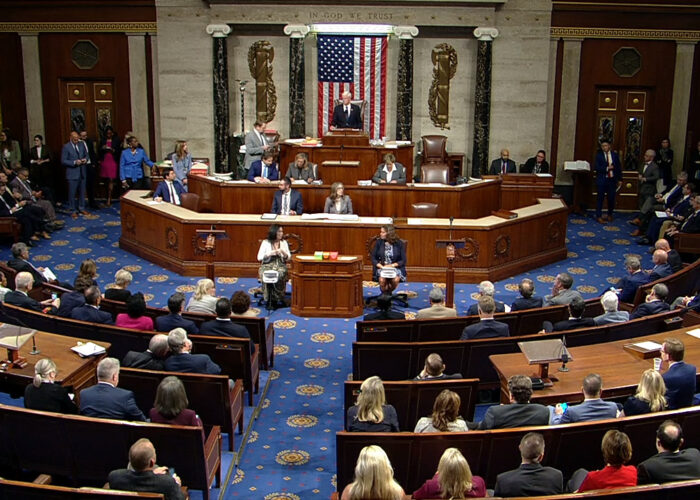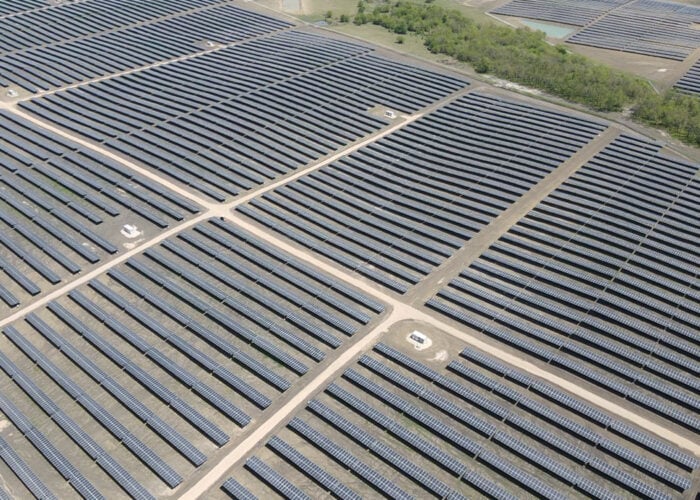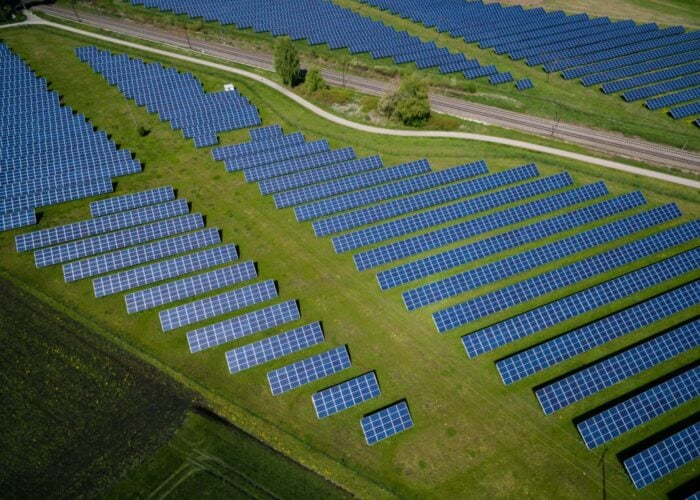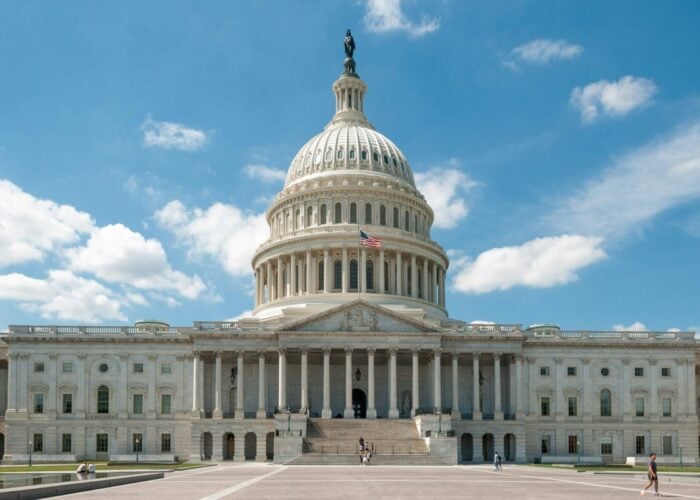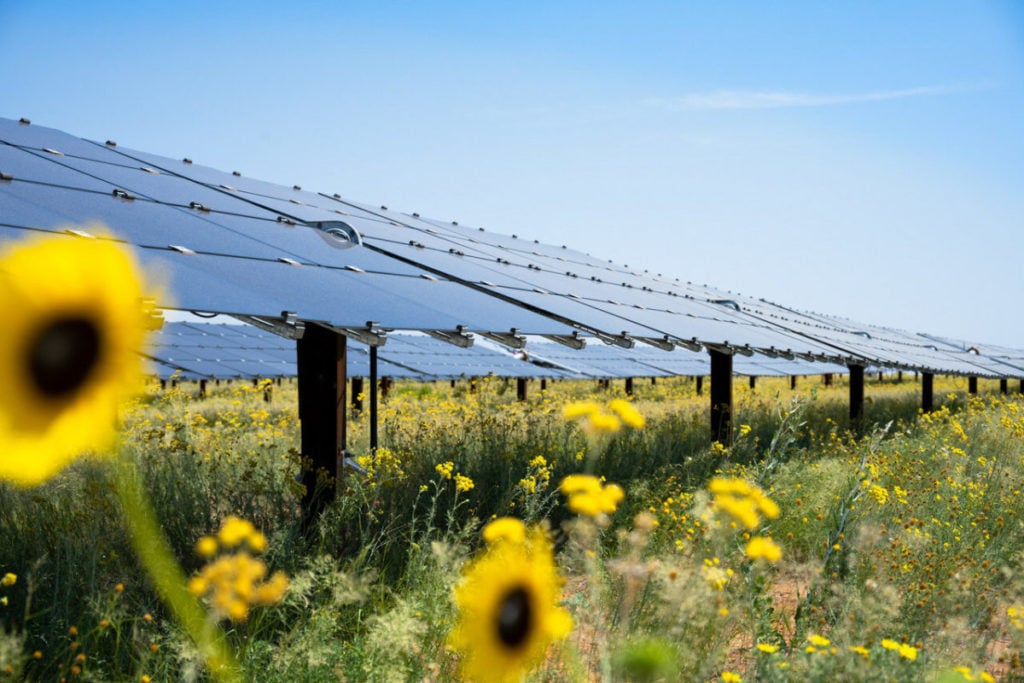
The US has ramped up its domestic utility-scale clean energy investments as there were 26 solar projects announced in the past eight months, according to a study conducted by American Clean Power (ACP).
From 16 August 2022 – when US President Joe Biden signed the Inflation Reduction Act into law – to 31 March 2023, of the 46 new clean energy manufacturing facilities with a capacity of 96GW announced, solar projects accounted for 56.5%. Among these new projects, Enel announced in November 2022 that it had planned to build a solar cell and module assembly plant in the US with an initial capacity of at least 3GW.
Unlock unlimited access for 12 whole months of distinctive global analysis
Photovoltaics International is now included.
- Regular insight and analysis of the industry’s biggest developments
- In-depth interviews with the industry’s leading figures
- Unlimited digital access to the PV Tech Power journal catalogue
- Unlimited digital access to the Photovoltaics International journal catalogue
- Access to more than 1,000 technical papers
- Discounts on Solar Media’s portfolio of events, in-person and virtual
The plant will produce bifacial heterojunction (HJT) PV cells, while the modules will have a tandem structure, utilising two stacked cells to capture more light than a single-cell structure. Enel added that the plant, expected to be online in 2024, will have the potential to scale up to 6GW of production capacity annually.
Apart from Enel, Qcells’ parent company Hanwha Solutions announced in January 2023 that it would break ground on a 3.3GW of ingot, wafer, cell and module assembly plant in Bartow County, Georgia, in Q1 2023. The facility will reach 8.4GW of module production in the state by 2024.
The company has also planned an expansion to its operations in Dalton, Georgia, to produce an additional 2GW of modules as well as its previously announced 1.4GW module assembly plant in the state.
Geographically, Georgia and Texas have three solar manufacturing plants respectively, more than any other states in the US. However, according to ACP, the locations of 10 projects announced in this period were still unknown.
Aside from solar facilities, ten utility-scale battery storage, eight wind power and two offshore wind power manufacturing facilities were announced in the same period. All projects were worth more than US$150 billion. This amount is equivalent to five years’ worth of American clean energy investments, surpassing total investment in US power projects commissioned between 2017-2021 in the US.
Moreover, US$4.4 billion in savings were also announced for over 24 million customers served by utilities building out more clean power.
“Since new federal clean energy incentives were passed in August 2022, signs of rapid growth for maturing American clean energy industries are emerging. It’s clear that clean energy has begun to transform the makeup of American manufacturing and investment,” said ACP.
Previously, PV Tech reported that a total of 4.73GW of utility-scale solar capacity from 98 solar projects was installed in Q4 2022 in the US, according to a report released by ACP. Meanwhile, in the entire year, 12.6GW of solar capacity was installed.
Although 2022 was the second-highest solar year on record, the number was still short of the 30% growth anticipation before the start of the year, based on market outlooks from research companies Wood Mackenzie and BloombergNEF.
Failure to meet the anticipated growth was due to supply chain challenges, while the limited availability of solar panels continued to constrain the industry.
PV Tech publisher Solar Media will be organising the second edition of PV ModuleTech US in Napa, California, during 6-7 June. The conference will address the module landscape that is expected to unfold for U.S. buyers in the coming years; in particular new domestic manufacturing. More information, including how to attend, can be read here.

